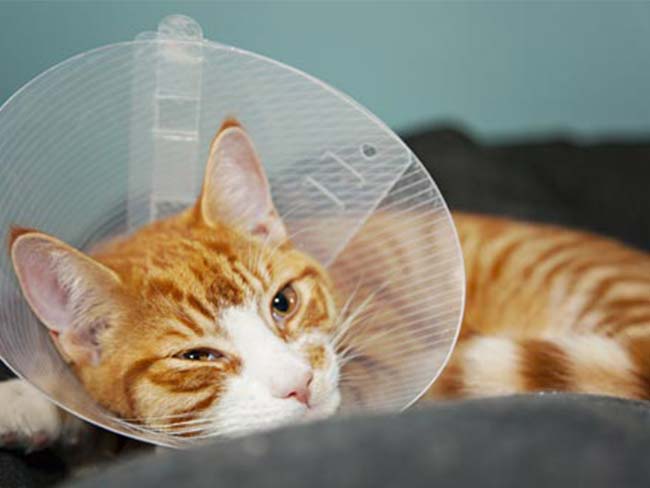What is desexing?
Desexing includes surgical procedures to remove the reproductive organs of your pets. For female animals, it calls Spaying that involves the removal of the uterus and ovaries. For male animals, it calls Castration, involves the removal of both testicles. These are routine operations which require a general anaesthetic; patients usually recover quickly after the surgery.
What is the best time to desex your pet?
Desexing is recommended at or around 6 months of age, it depends on the type, the size and the gender of animal. Benefits of early desexing include a quicker surgery time and faster healing. However, you should call your vet for more advice.
What are the pros & cons of desexing?
The Pros
Behavioural benefits
- Decreased urge to wander, roam or escape
- Calming influence on behaviour and a reduction in some aggressive behaviours
- Decrease spraying in male cats
Medical benefits
- No ovarian, uterine or testicular cancer
- Prevents pyometra – a life-threatening disease in females
- Reduces mammary cancer and prostatic disease
- Prevents problems associated with on heat females, such as blood staining, male dogs visiting or cat calling
- Decrease cat aggression and associated fighting, abscesses, and FIV
The Cons
- No breeding.
- Carries some risk of general anaesthesia and surgery.
- Increased risk of urinary incontinence, hip dysplasia, cruciate ligament disease and etc.
Generally, there is little or no reason to keep your pet able to procreate if you don’t plan on breeding them. The benefits of desexing far outweigh the minimal cons, and many animal lovers feel that desexing is the more humane option if you don’t plan to breed your pet. Unwanted pregnancy is never good, and desexing puts a stop to this as well as helping to keep your pet safe.


How do you take care of your pet after desexing?
After surgery, you will have to put an “Elizabethan collar” on your pet to prevent excessive licking and biting of the surgical site, which can lead to irritation, infection, and breakdown of the wound.
Pet owners will be advised to monitor any sudden swelling or discharge from the wound site daily. It is important to keep the wound area clean and dry. This means no baths, swimming, or sprinklers. Special care is needed in the wet season.
During the recovery period, exercise should be controlled and limited. For dogs in particular, your challenge is to keep them quiet until the stitches are removed. Discourage running, jumping and climbing and keep on-leash when outside. Short gentle walks on the leash only please. Your pet’s body needs time to heal. Excessive exercise will put strain on the incision and stitches and increase the risk of complications.
If you have any further queries about pet desexing. Please contact us or make an appointment for more advice.
